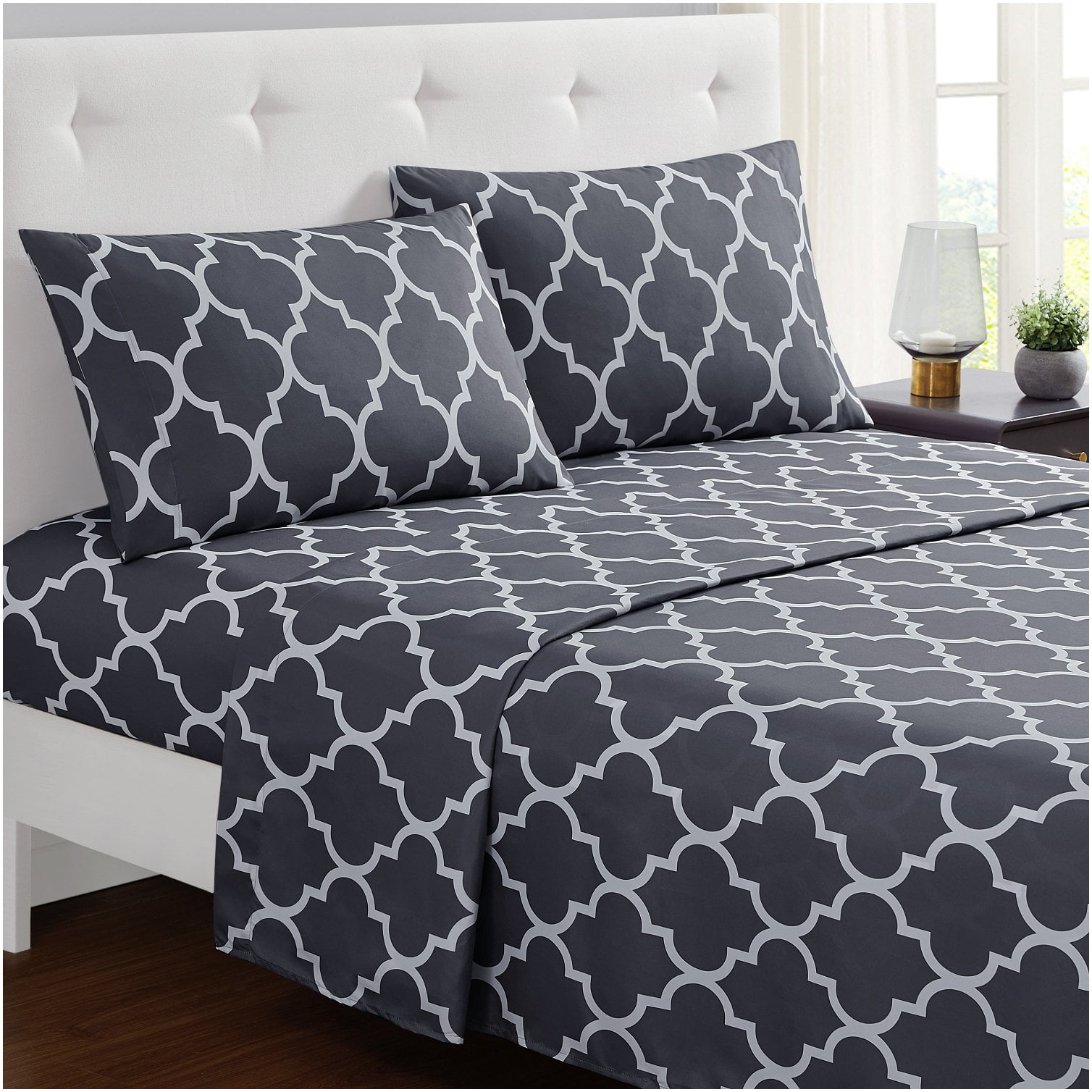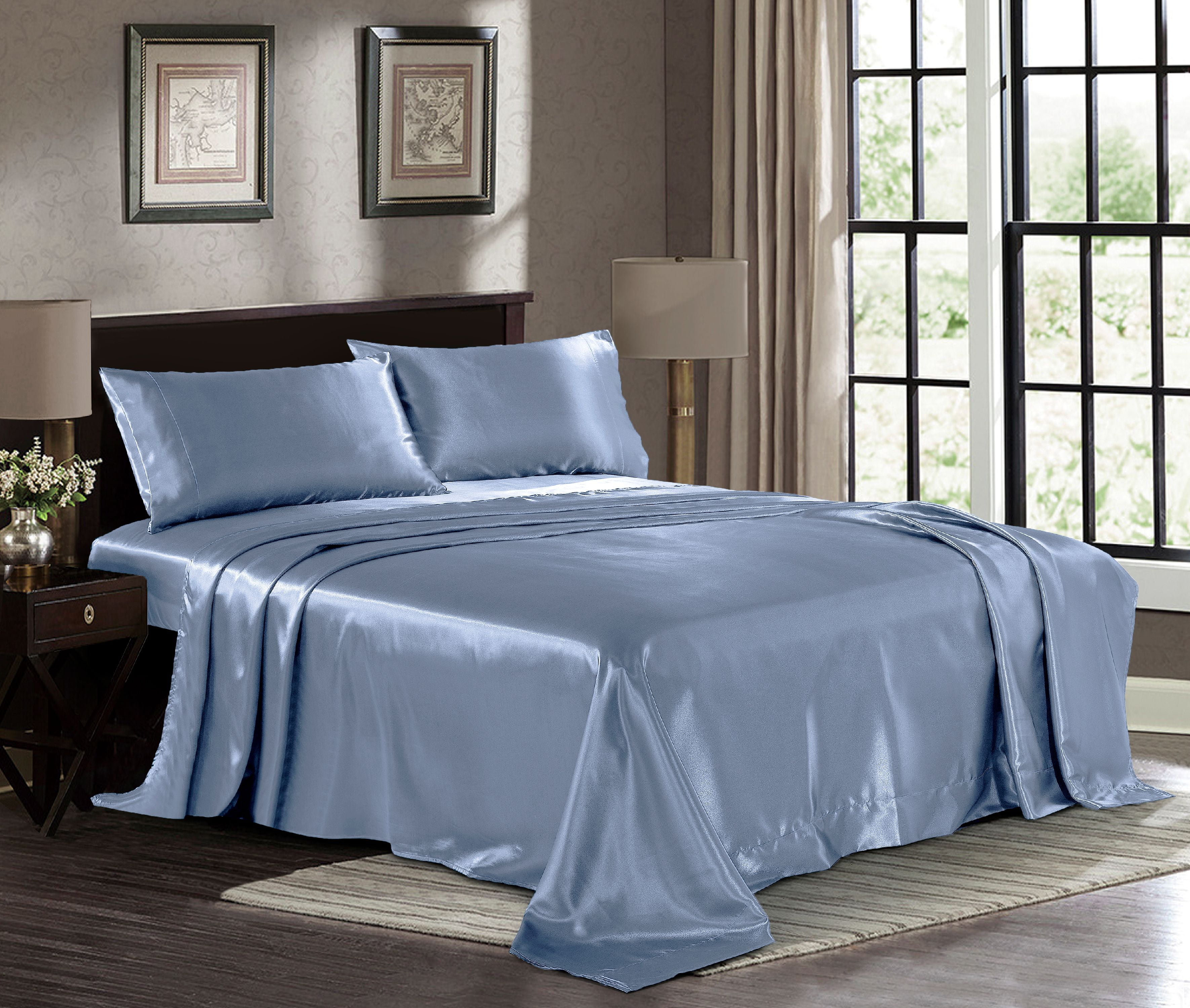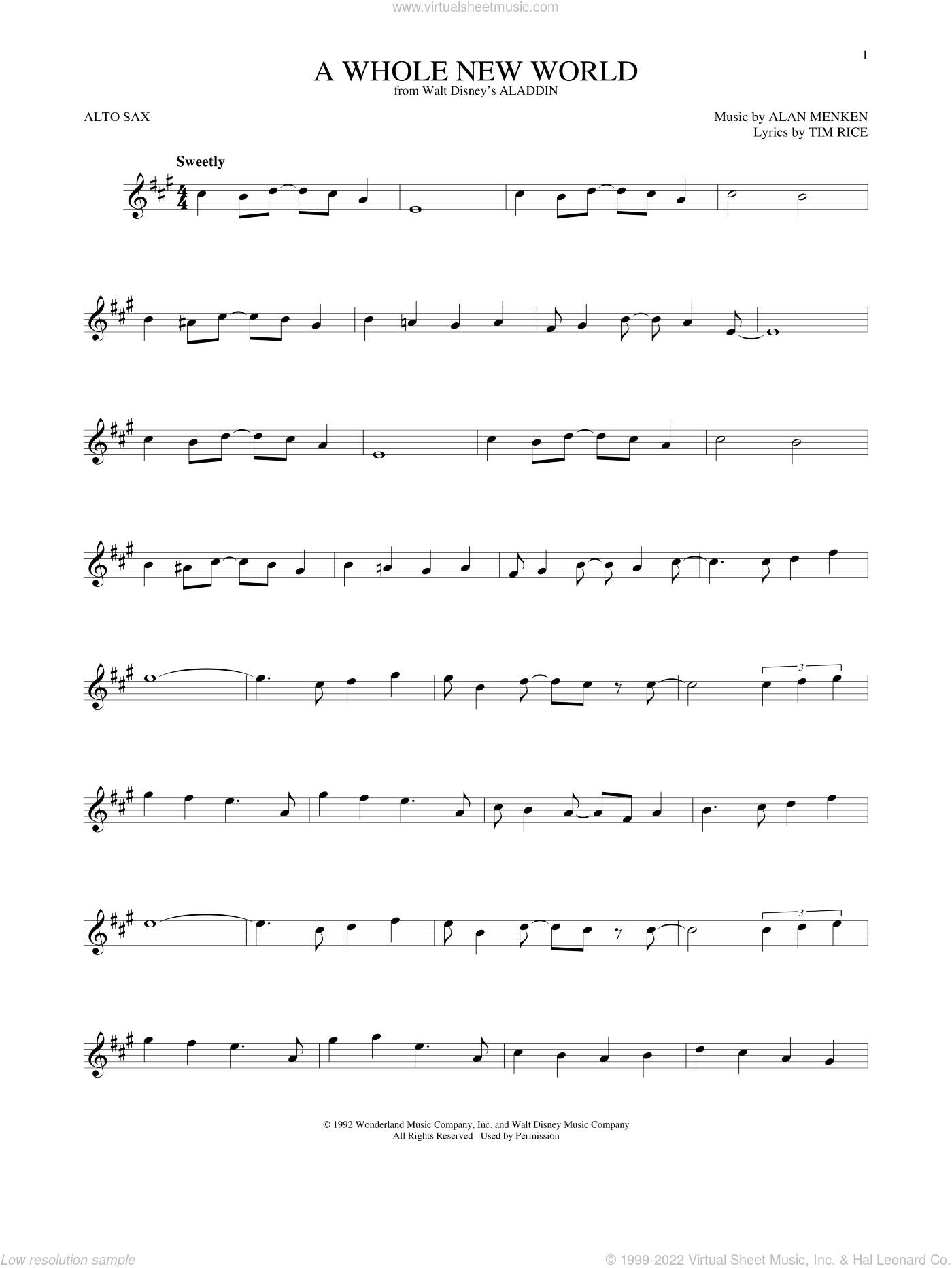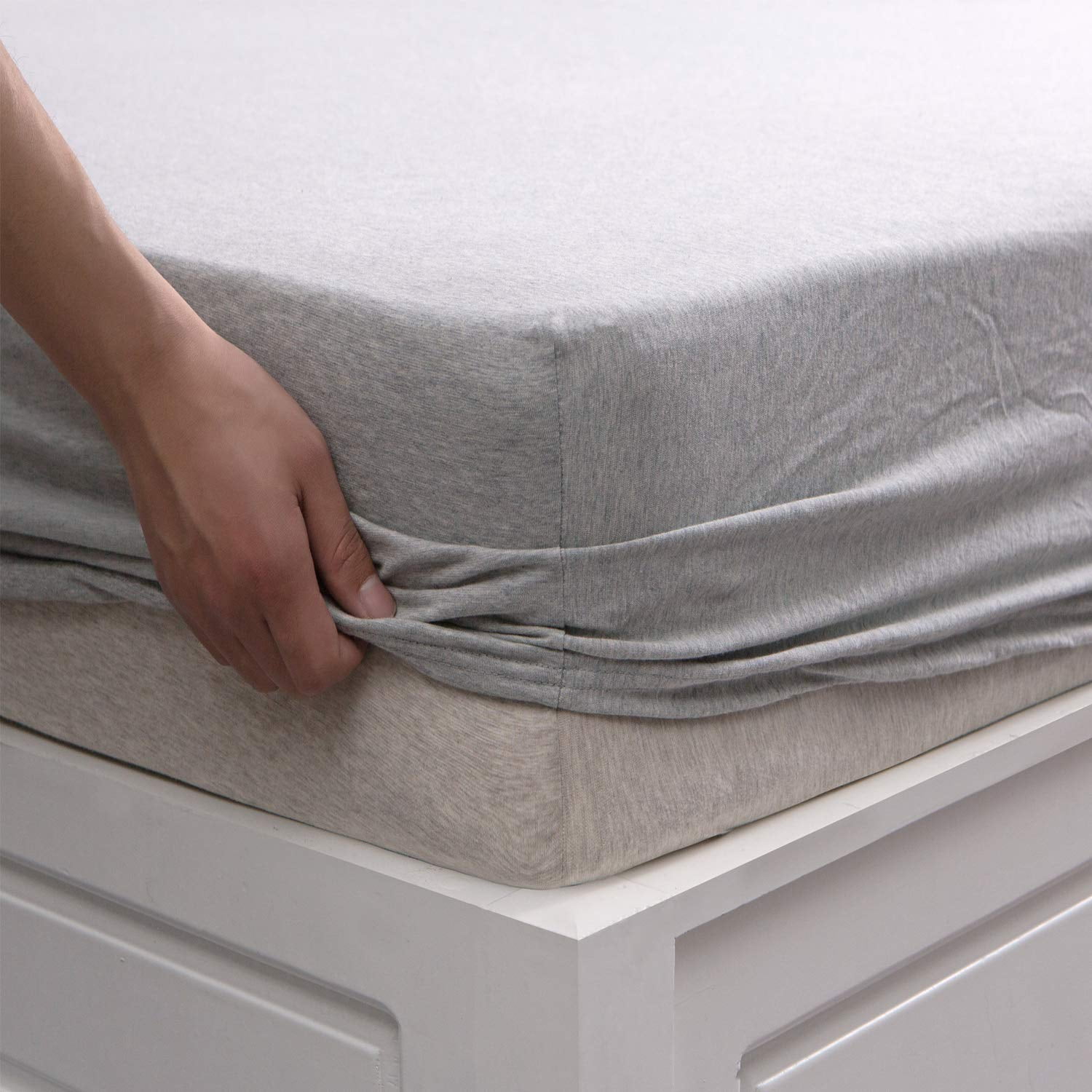Table of Content
The issue I'm getting, is some square wave coming through somewhere. I bought a ground loop isolator for my RCA connections and it helped some, but I still get a loud 40hz range hum that'll shake my room when I go 3db above reference level. I'm using a Denon avr-x4500h reciever, and only have RCAs from the AVRs pre outs hooked up to the 2amps.
The 8 ohm speaker will work – however, it comes with a price. Since the 8 ohm speaker isn’t matched to the 4 ohm car amp, it can only receive up to 1/2 the power output and has a lower maximum volume than a 4 ohm speaker would. Just so you know, class D car amplifiers are more efficient and therefore waste less power than standard class A/B amps. You’ll need a power supply with a decent amperage rating. Regular wall adapters won’t work as they’re very weak (0.5 to 1 amps or so). You can find 5A supplies for under $15 depending on where you shop.
Mounting the amplifier
Some subwoofers produce more volume for the same amount of power. This is actually a standard specification used to compare speakers and the official name isspeaker sensitivity. In other words, the sensitivity of a speaker describes the volume output it produces for a given amount of power, in decibels . For easy listening, low-volume music levels, or sound from movies, you’d want at least 25 watts RMS of power per channel available to drive a subwoofer.
Take advantage of any accessible metal components to keep your system safe. The blue wire on the stereo may be labeled remote, antenna, or amplifier. Note that the stereo may have several red and white outlets. Position the fuse holder in a safe spot where it won’t be jostled around while you’re driving.
Electrical connections:
I normally use butt connectors for connecting wire securely. A crimp tool is a great tool for a professional-quality installation to avoid having issues with wire connections later. In most vehicles, a +12V connection at the battery is relatively easy to find and route power wire to the amplifier mounting location you’ve chosen. Depending on the devices you are buying, the cost would vary between $50 to $150.
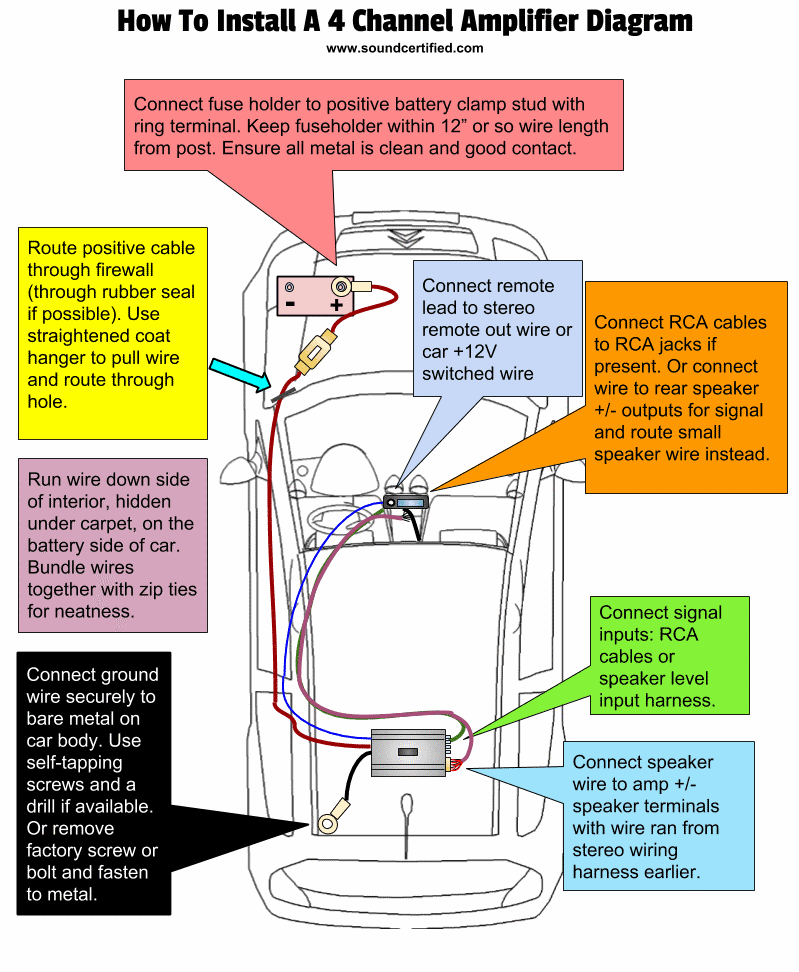
A quality home theater subwoofer can offer the most precise sounds when properly installed. This is because it has the speed and transient response to capture the fastest bass. A home theater subwoofer in your car takes up the task of producing low frequencies. This relieves the smaller speakers enabling them to concentrate on frequencies within their comfortable range, thus making sounds with less distortion. In addition, adding a subwoofer in your car helps increase the lifespan of the other small speakers, for instance, the tweeters. This is because the added subwoofer concentrates on producing low-frequency sounds, leaving the tweeters to focus on the high-frequency sounds they are best suited to offer.
Will a sub work without an amp?
Most home stereos put out x # of watts at either 4 ohms or 8 ohms... Bass frequencies are the low-frequency waves and deliver powerful deep bass. Usually, these do not depend upon direction as the high-frequency waves generated by the full-range speaker so it does not make any big difference if you are not close. Most of the time, they run beneath the carpet and rim along with the doors of your car. There are also the black wires, repeat the same procedure for the black wires. Low frequencies are the most important that produce the full, rich, three-dimensional effect.
In that case, you can use a ground loop isolator to connect inline in the RCA cables. Note that you shouldn’t try to get the cheapest you find because they can negatively affect sound quality. As you can see, to run a car amp at full power you’ll need a pretty big power supply! However, the good news is thatit’s only if you really want to drive the amp at full capacity.For lower-power, casual listening, we can get by with a smaller power supply. A subwoofer, like any other speaker, must be powered by an amplified audio signal with a decent amount of wattage in order to produce sound. Example of a small & affordable amplifier that can be used to drive a lower impedance car subwoofer from your home stereo receiver.
Step 6:Test the Connection
Setting this up requires connecting the LFE or subwoofer output jack on the receiver/amplifier to the LINE IN or LFE IN jack on the subwoofer. It's usually just one cable with single RCA connectors on both ends. After amplifying the car power, you have to work on the home theater. Use stereo cables to connect the car subwoofer to the amplifier of the home theater sound system. One side of the cable will go inside the input plug of the subwoofer.
So instead of using those connections, we'll use the subwoofer's speaker-level, aka "high-level," inputs. That means you have to double up the connections on the receiver or amplifier . If no RCA jacks are available or you have a factory car stereo, you’ll need to tap off of speaker wiring to get an audio signal source.
This would require a bit different approach since you will need to get 14V-15V (0.5V drop from diode) from your power supply and add diode in series. You will need to put switch on mains input of your PSU if it doesn't have one since overcharging lead acid batteries is never a good idea. Some types of speaker wire consist of separate, color-coded wires. Plug the black wire into the negative ports and the red wire into the positive ones. The remote and RCA wires should always be far from the power wire, if possible. Otherwise, they may interfere with one another and have a negative effect on the sound quality.
Check if your rating is a bit higher than your fuses on your amplifier. If you go under it, it may not be enough to blow fuses which could lead to damage of your wires, power supply or even burn them down. Now you see why its better to get class D for higher amounts of power, that's 200W difference for 500W amplifier. Mainly when choosing amplifier you are gonna choose between Class AB and Class D designs. Most people are using class AB on mids and highs while going for class D on subwoofers.
You don’t have to break the bank to get a good amp for your new audio system. Expect to spend around $100-$250 depending on the features and power you need. I definitely recommend purchasing a kit that is complete. For the average amplifier, you don’t need to spend a huge amount of money for a good kit. You might also consider planning ahead to upgrade your speakers to some better sounding ones while you’ve got your vehicle already apart, too. You don’t have to spend a lot of money, but if you’re a careful shopper you can usually get most of what you need without going broke.

If you’re following my recommendation for buying a preloaded subwoofer box, then the work should be done for the subwoofer itself. If you buy an enclosure and subwoofers separately, you’ll need to install them securely. You don’t need super-expensive brands, so don’t get talked into spending a lot of money. Just try to find a quality wire with enough length that’s priced fairly.Don’t spend excessive money on speaker wire as it’s a waste – you just need good wire.
Instead, the subwoofer might have right and left stereo RCA connectors or spring clips like you see on the back of standard speakers. This article explains how to connect a subwoofer to a receiver or amplifier by using LFE cables, RCA cables, or speaker wire connections. With this arrangement, the stereo speakers and sub receive all of the bass, midrange, and treble frequencies. The sub will use its built-in crossover (aka "low pass" filter) to determine the upper limit of the frequencies produced by the subwoofer. With small speakers with 4-inch or smaller woofers, you'll set the sub's crossover frequency at 100Hz or higher, and with speakers with 5-inch or larger woofers, 80Hz or lower. Then set the sub's volume control to provide the level of bass support you want.



